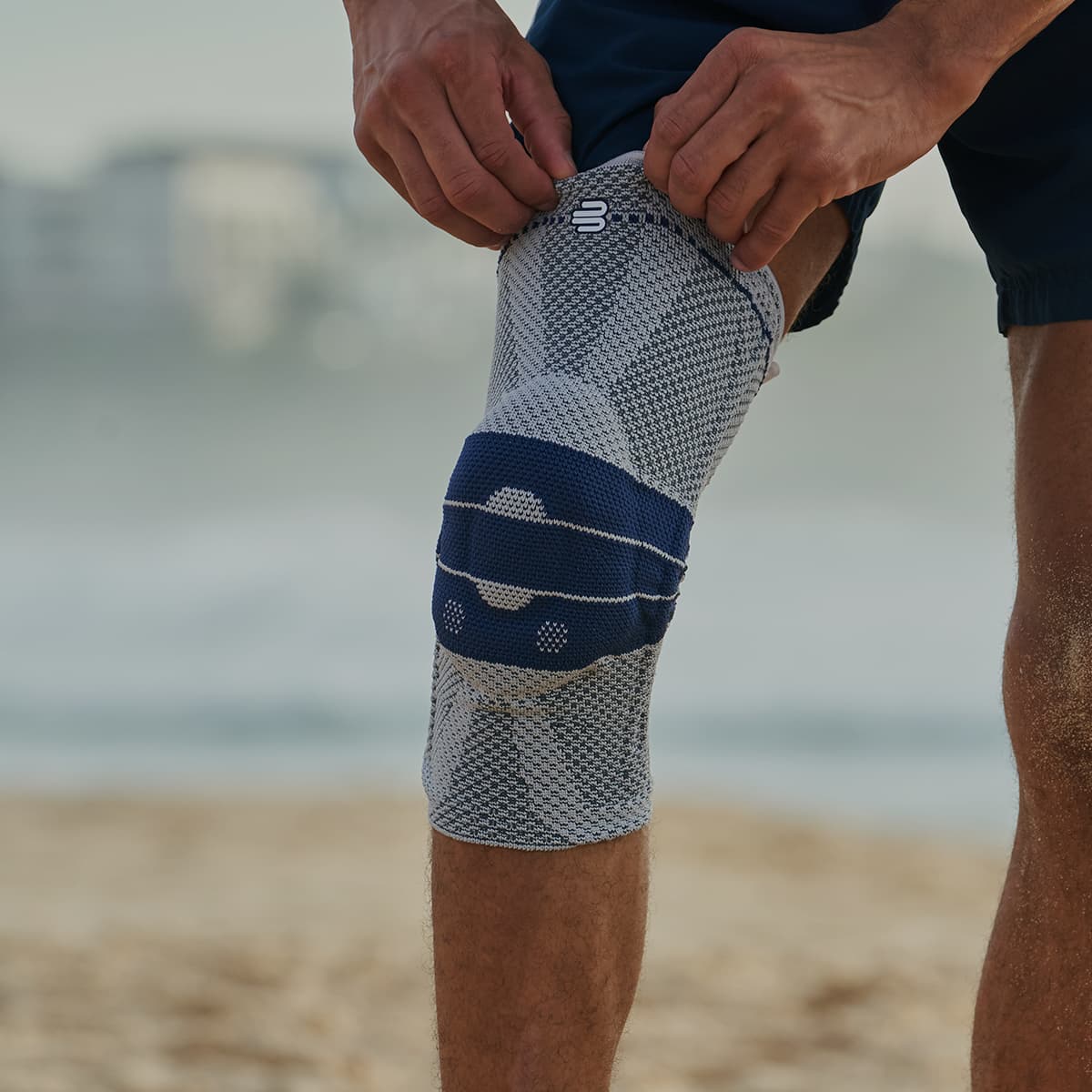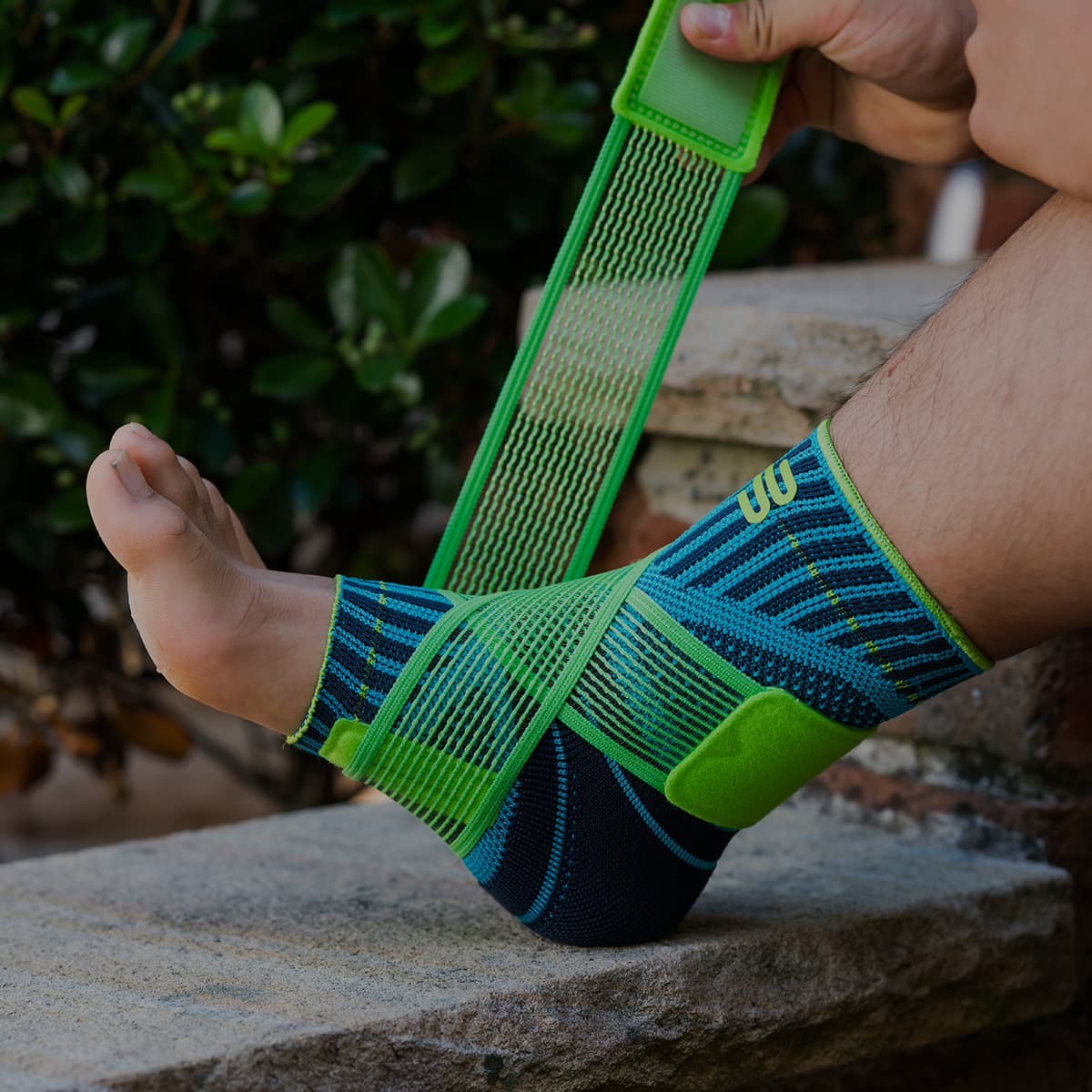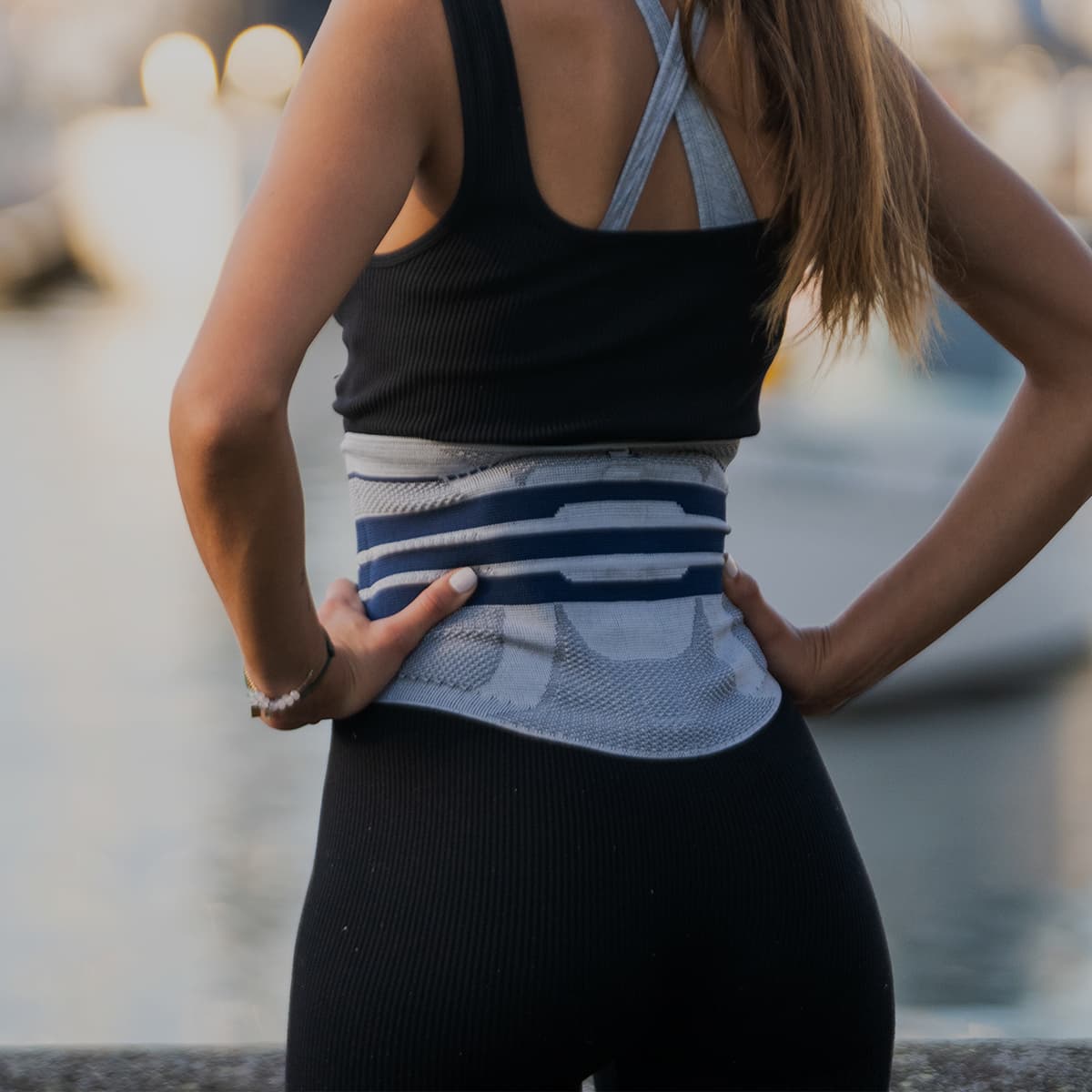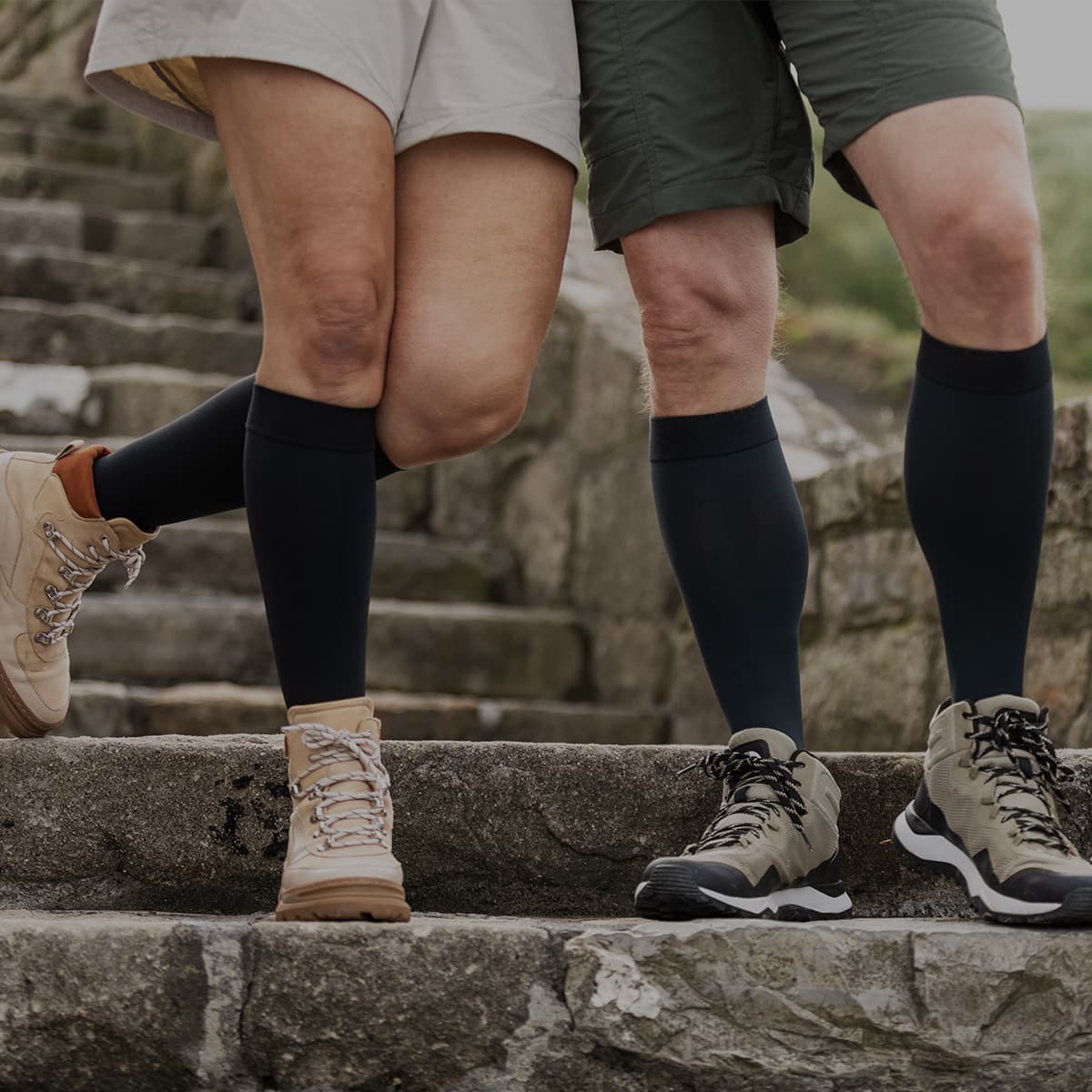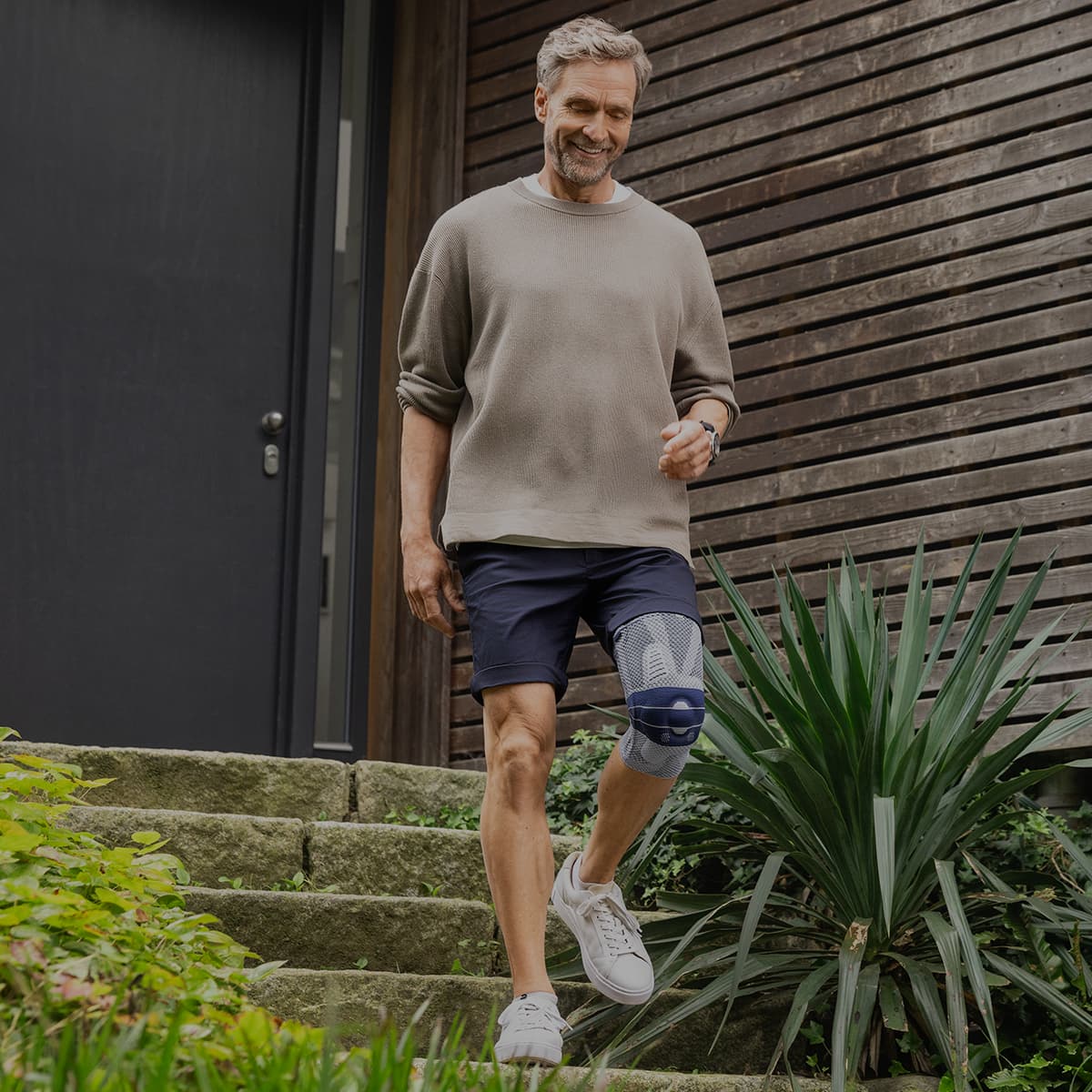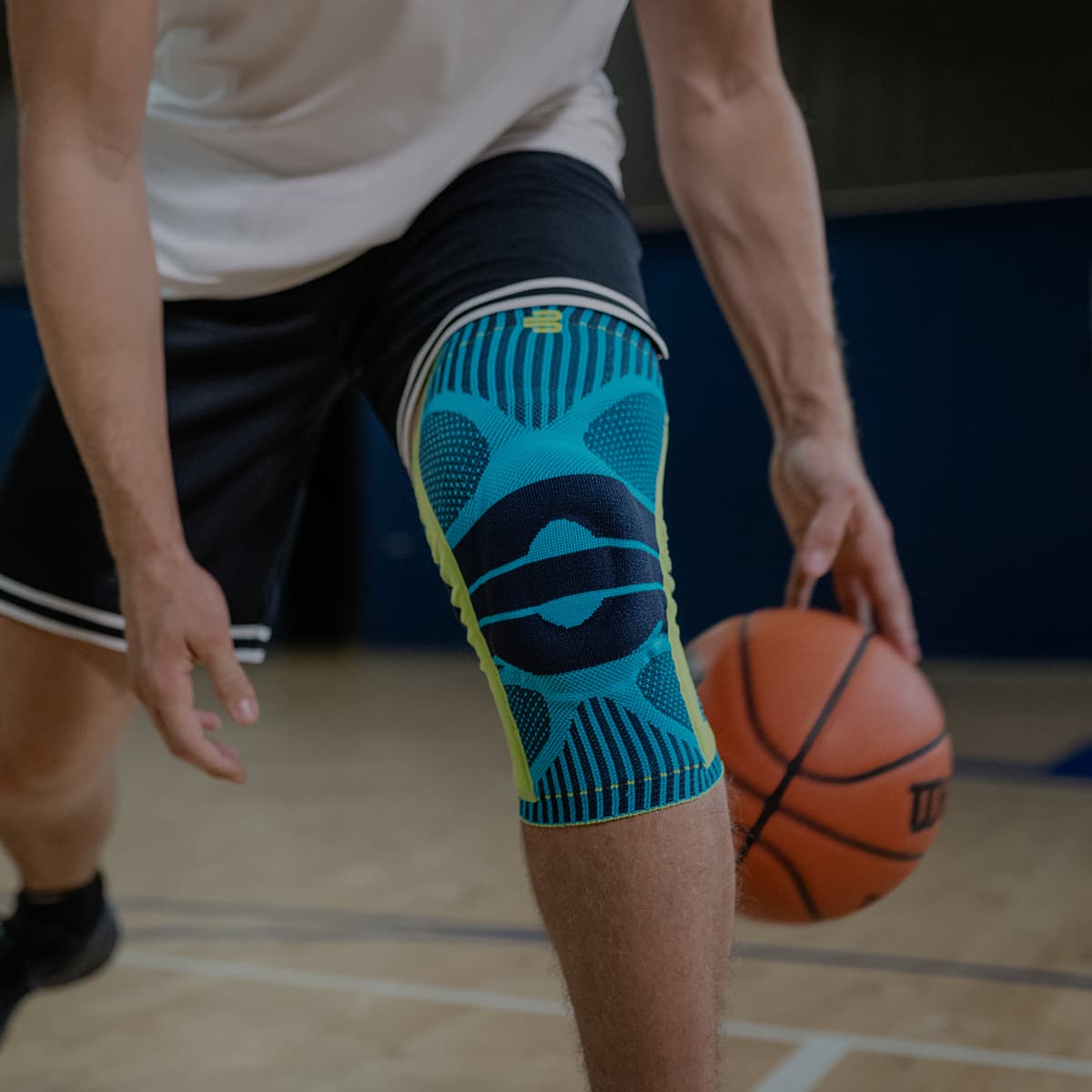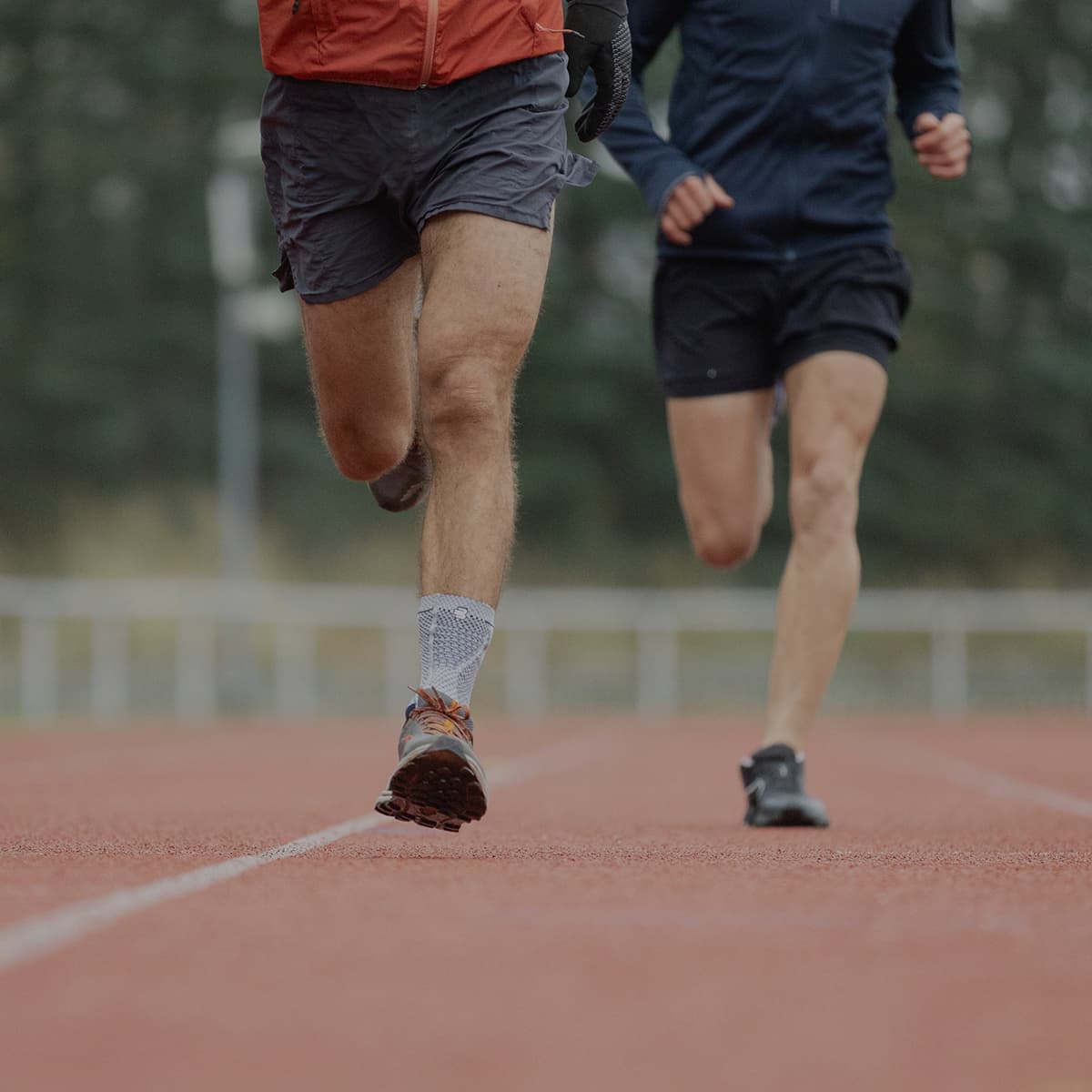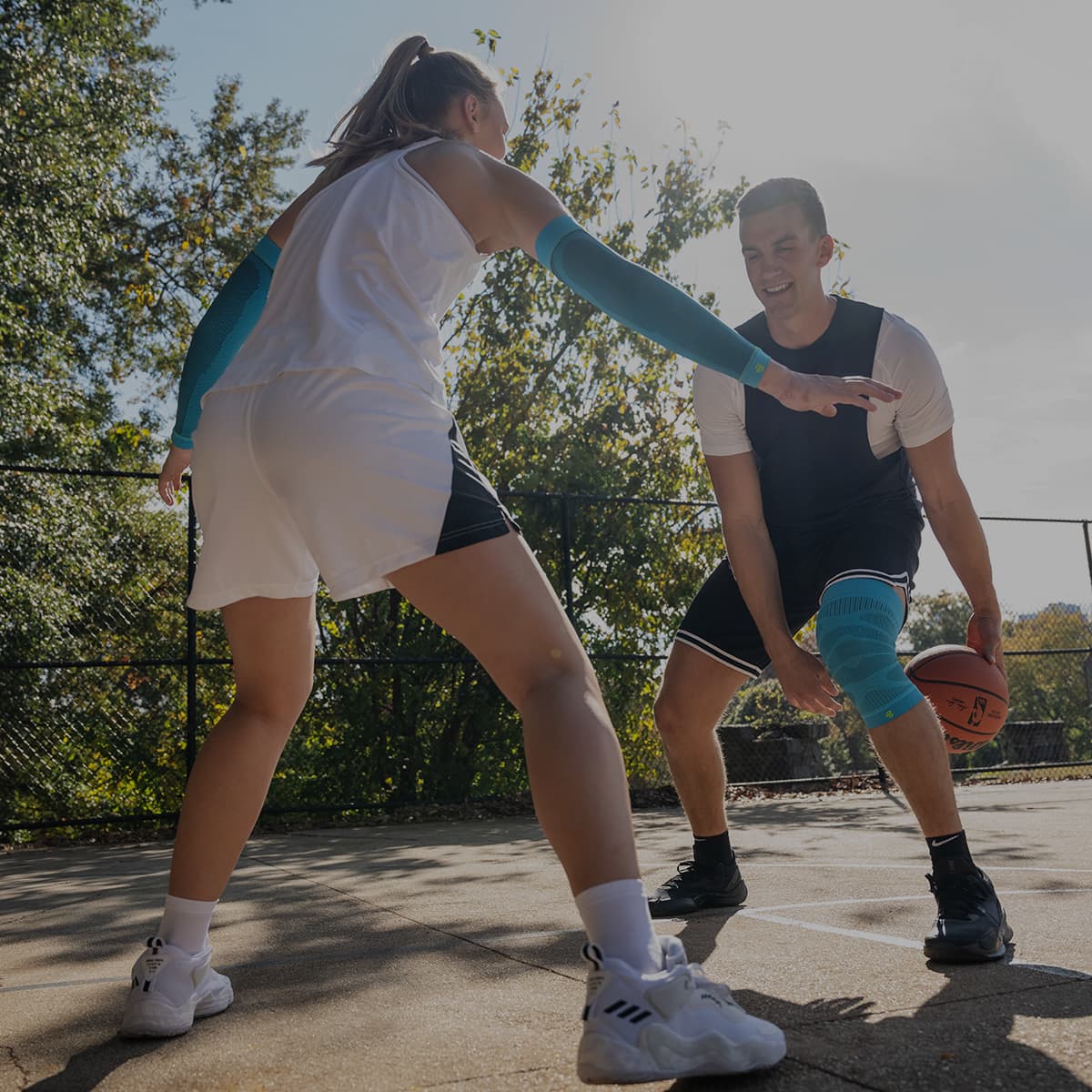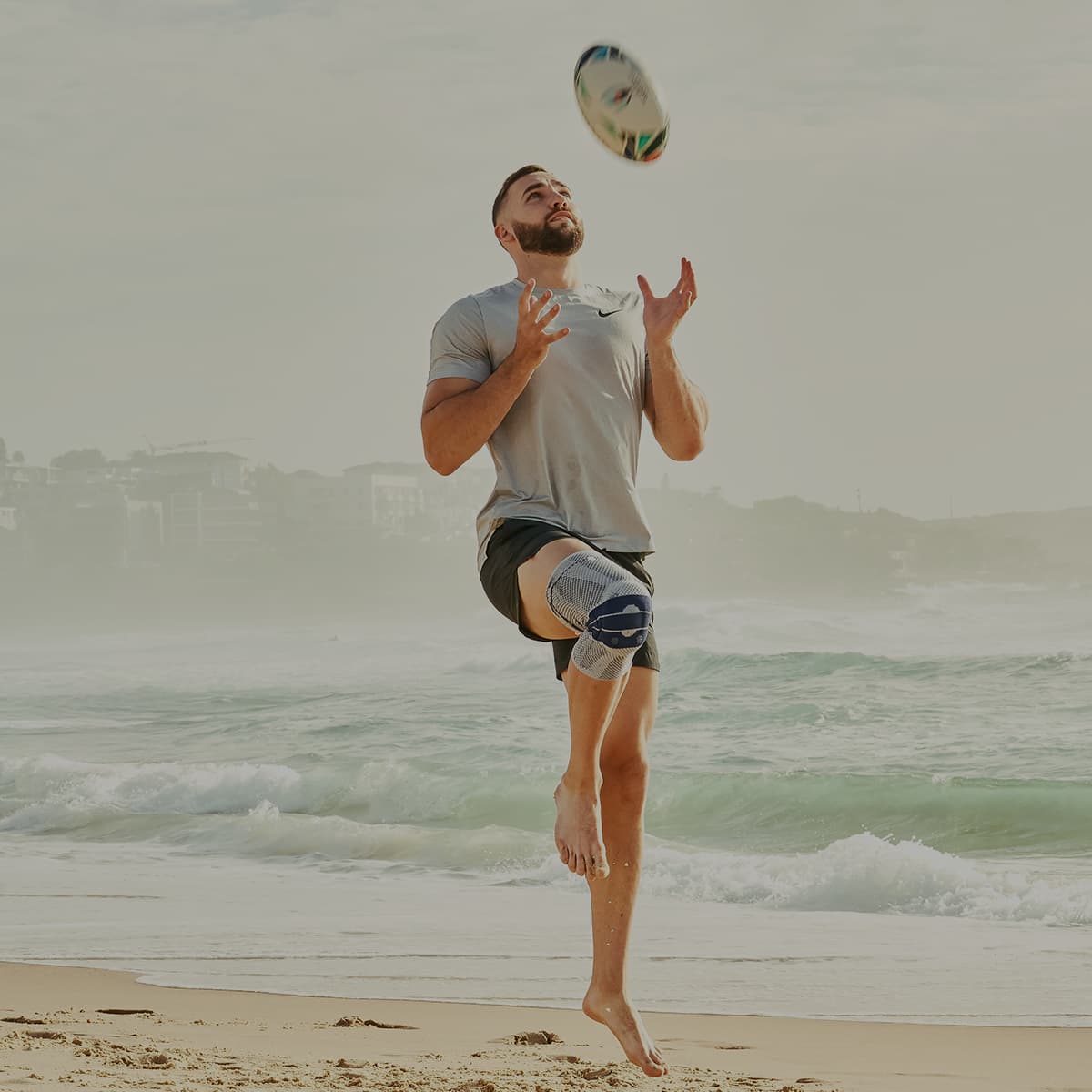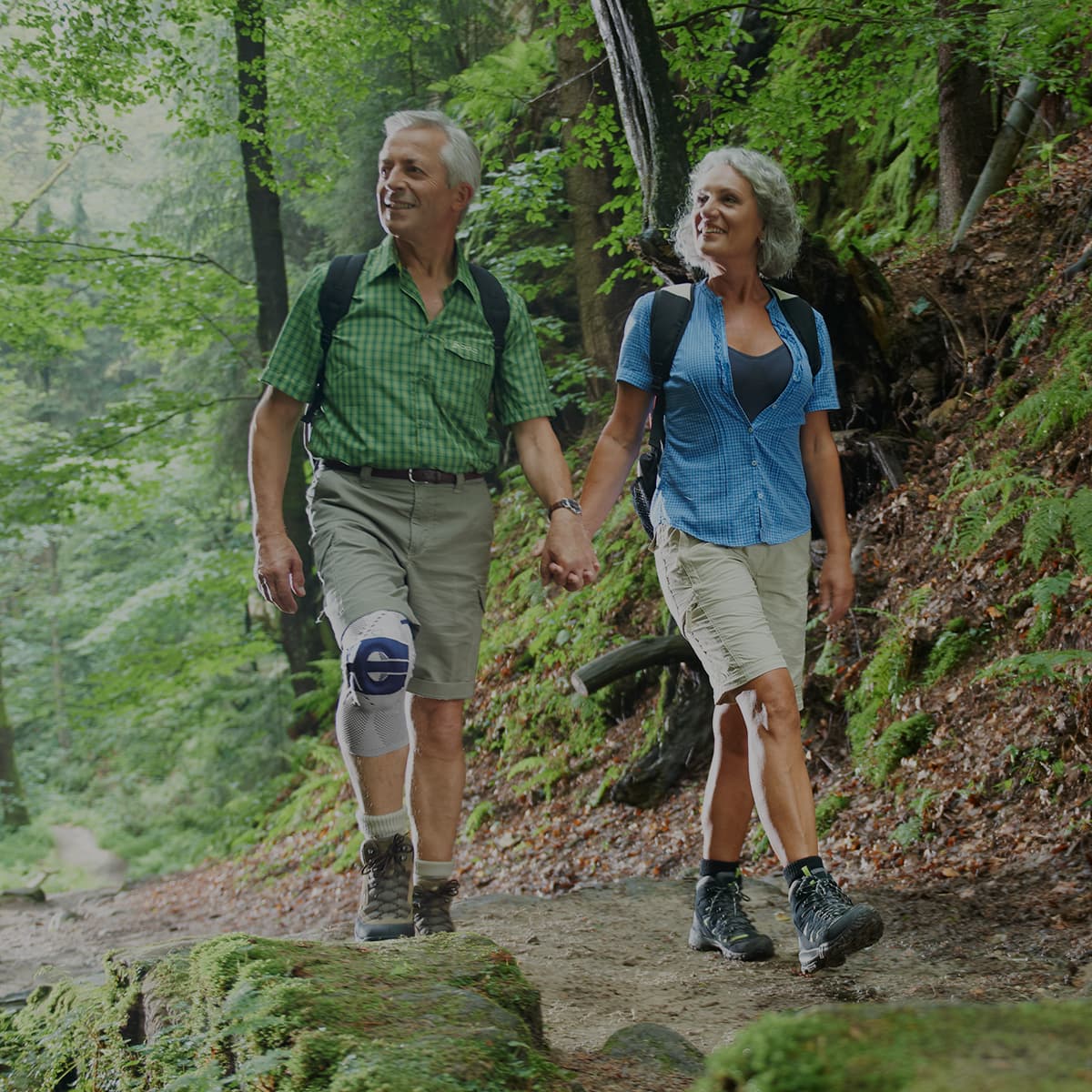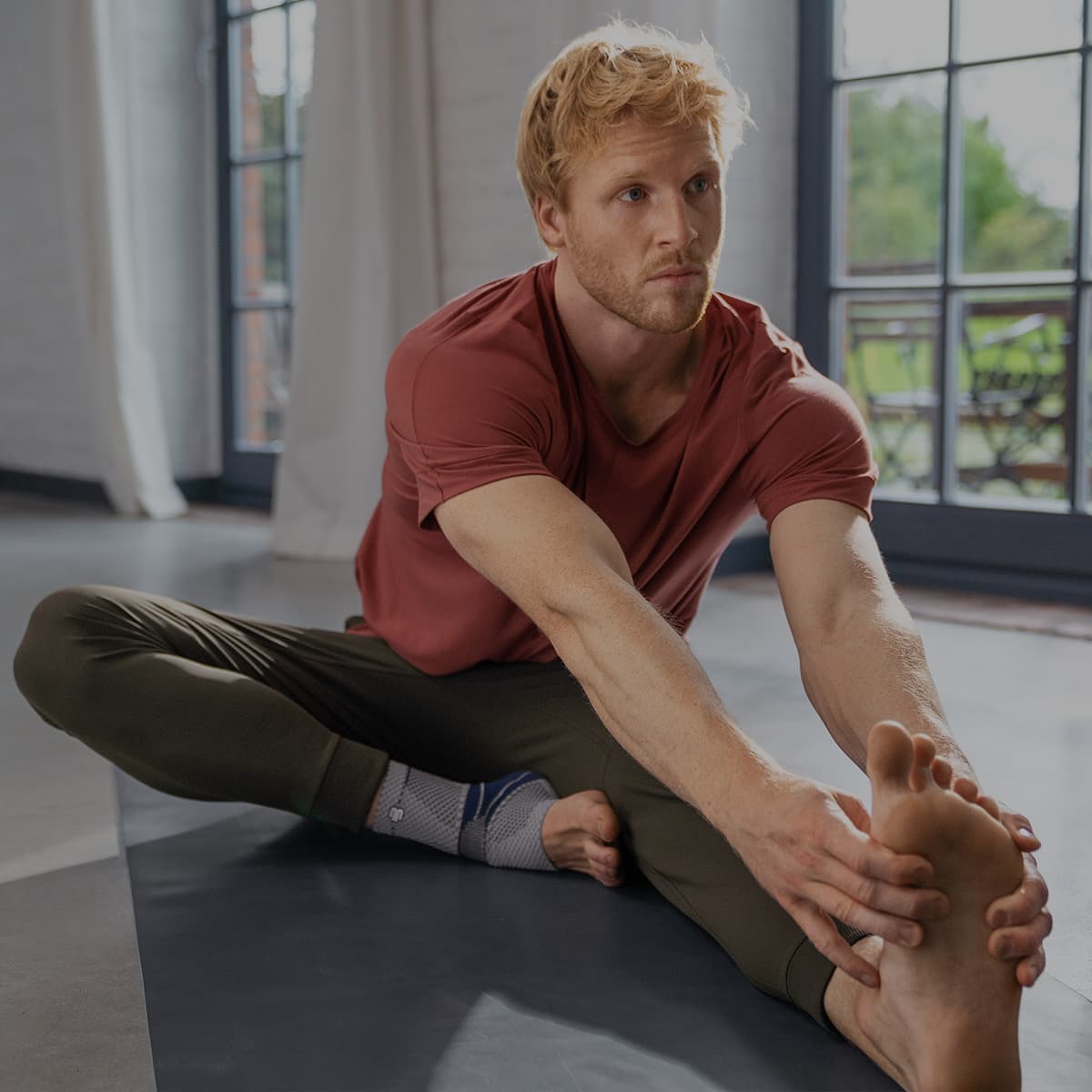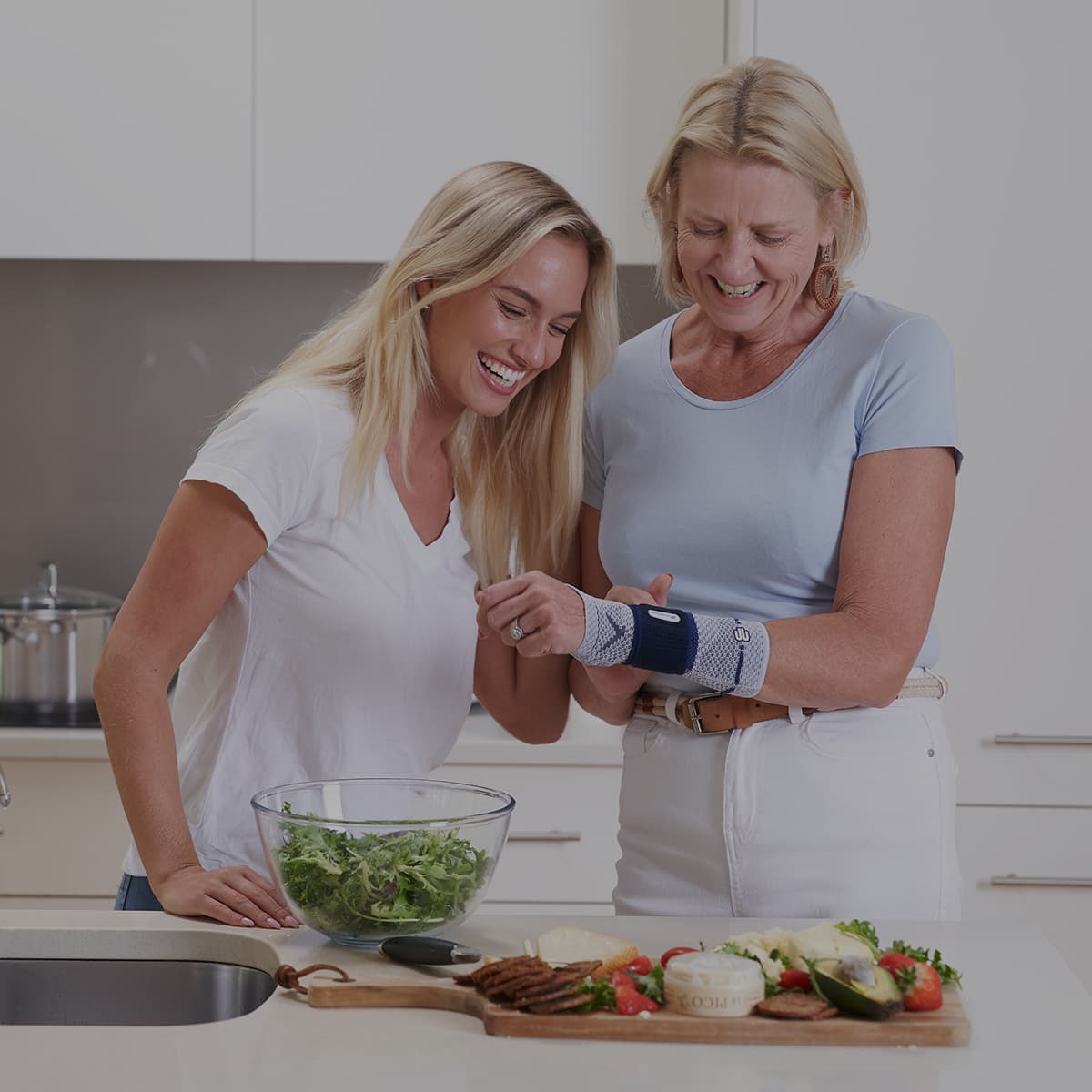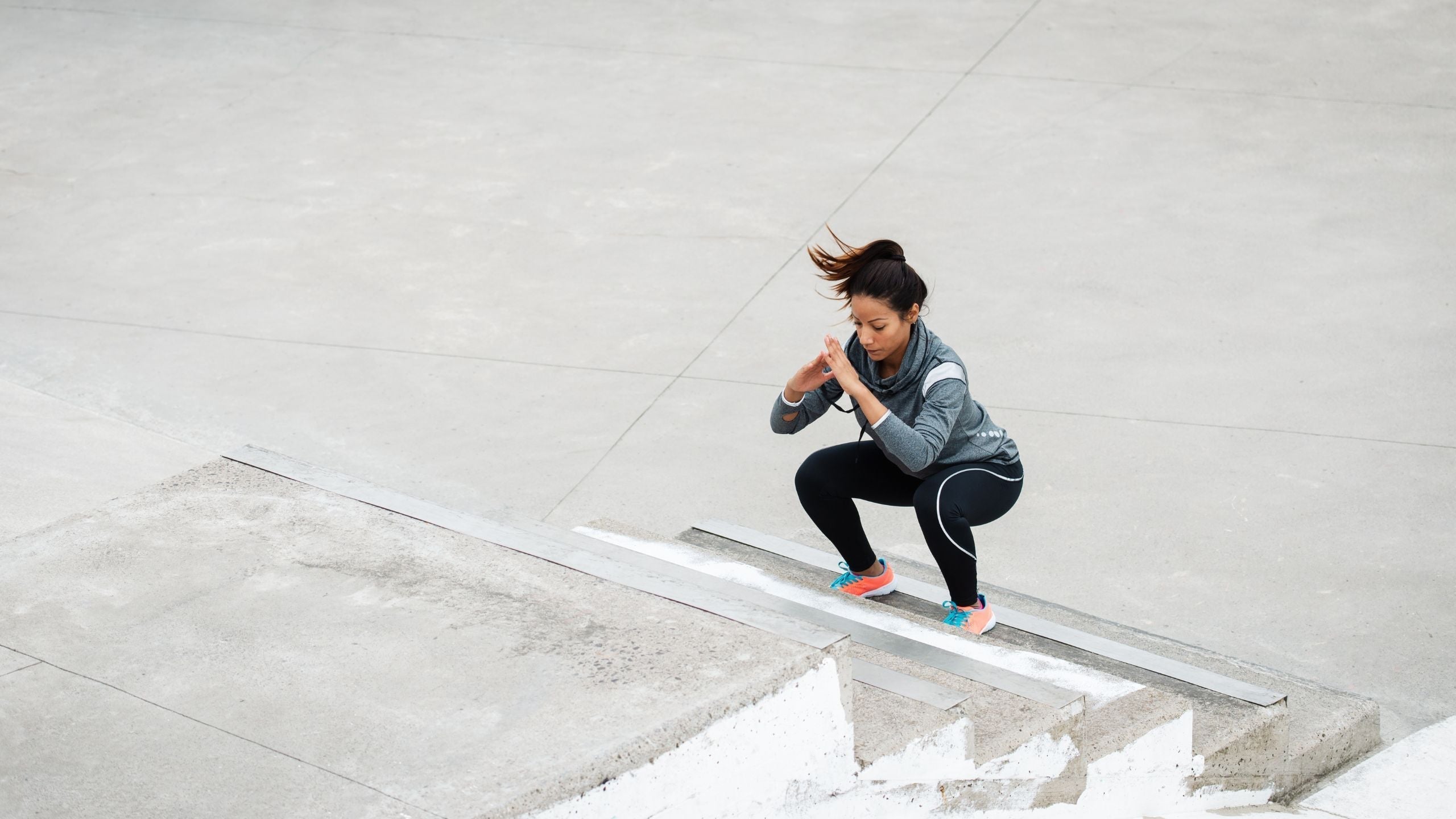What is the meniscus?
The menisci are two C shaped pieces of cartilage that act like shock absorbers in your knees. There are two menisci, one in the middle (medial) and one on the outside (lateral). They make sure the knee functions properly and is well lubricated for smooth movement.
The meniscus effectively distributes weight evenly across your knee and absorbs the high impacts we place on our knee joint. However unlike other parts of the body, the meniscus gets a very low blood supply. This means when our meniscus degenerates due to gradual wear and tear or when we damage it, it’s extremely difficult to heal as it doesn’t regenerate like other parts of the body.
Once your meniscus begins to degenerate it becomes more prone to injury such as tears and sprains.
Causes for meniscus tears:
Meniscus tears can happen in isolation but it also commonly happens alongside other injuries such as an ACL tear. You can either partially or fully tear your meniscus and this usually happens during awkward rotational movements when your foot is planted on the ground but your knee twists.
For example the significant amount of pivoting and rotation required in a golfer swing makes golfers prone to meniscus tears. Another example is tennis due to the sudden stops and starts, turns and pivots means the knee is constantly doing this high risk twisting motion.
The meniscus can also tear or sprain without rotation for instance from squatting or from doing everyday activities such as kneeling, sitting up from your chair or lifting heavy objects.
How do I know if I have torn my Meniscus?
-Sharp and immediate pain in the knee
- Stiffness and swelling, but sometimes this can happen a few days after the injury due to inflammation.
-Hearing a pop, hearing your knees start clicking
-Feeling like your knee is catching, locking or about to give way
What to do if you have injured your meniscus?
Immediately - Apply the RICE principle which is to rest, ice, compress, elevate, and go to see a physiotherapist.
During Rehabilitation/Post Rehabilitation - Wear braces and supports to stabilise the knee and prevent further damage by unloading the knee meaning less force being placed on the already injured meniscus.
-
Types of braces and features you should be looking out for:
Medical grade compression combined with gel support - You ideally want a brace that can provide immediate pain relief as well as reducing the inflammation and swelling of the knee whilst also stabilizing the knee for added comfort.
If you have mild meniscus tears and sprains the GenuTrain A3 is the perfect brace for you. It has a gentle compression and features massage pads with a more medial focus. This is due to the medial meniscus tears being far more common compared to the lateral meniscus. The viscoelastic massaging gel pads will act to actively massage your meniscus and provide you with instant pain relief.
Also for mild meniscus sprains, the GenuTrain offers a higher grade of medical compression to further promote blood flow and healing. This comfortable and breathable all day brace also features Bauerfeind’s patented pain-relieving massage pad that arounds the whole knee.
For moderate to severe tears or sprains, a brace with a lightweight hinge support will keep you stable as you work to regain your knee stability. The GenuTrain S is excellent to use during your rehabilitation, as this brace will completely stabilise your knee allowing you to get the most out of your rehab sessions. You will be able to painlessly and in a controlled way, perform the exercises your OT or physio has prescribed and get back to being your active self much quicker. The GenuTrain S will quickly give you back your confidence after even the worst ligament or meniscus tears.
Another option for more severe meniscus tears is Bauerfeind’s GenuTrain OA which not only uses compression to promote healing but also incorporates a targeted unloading system which completely takes the pressure off either the medial or lateral part of the knee. The GenuTrain OA is lightweight and very easy to slip on, allowing you to exercise or simply walk around with no pain.

